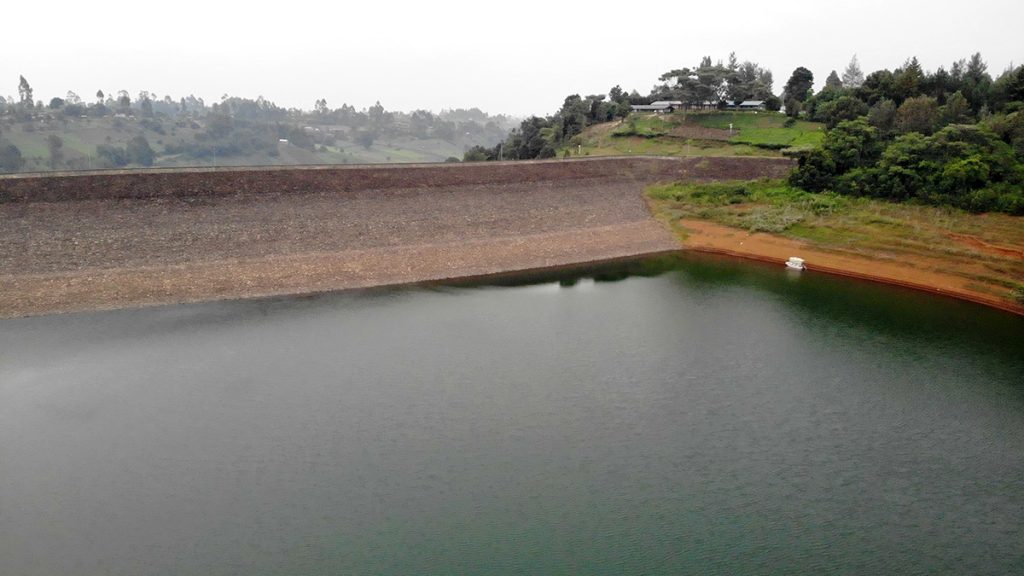about us
About County 022
Exploring Kiambu County: A Treasure Trove of Tourist Attractions
Nestled in the heart of central Kenya, Kiambu County is a gem of natural beauty, cultural richness, and diverse attractions. Just a short drive from Nairobi, this vibrant region offers an array of experiences that cater to every type of traveler. From breathtaking landscapes and historic sites to unique cultural experiences and outdoor adventures, Kiambu is a destination that truly has it all.
Natural Wonders
Kiambu County is renowned for its stunning natural scenery. The Aberdare Ranges provide a dramatic backdrop with their lush forests, cascading waterfalls, and expansive views. This highland area is perfect for hiking, nature walks, and wildlife spotting. The ranges are home to a variety of flora and fauna, making them a haven for nature enthusiasts and bird watchers.
The Ndakaini Dam, a major water reservoir, is another highlight. Its vast water surface surrounded by rolling hills offers picturesque views and opportunities for leisure activities. Visitors can enjoy picnicking by the dam, taking boat rides, or simply soaking in the serene environment.
The Fourteen Falls on the Chania River is another spectacular attraction. This series of cascading waterfalls creates a dramatic and beautiful landscape, ideal for photography and enjoying the natural beauty of the region.
Cultural and Historical Riches
Kiambu County is not only about natural beauty; it also boasts a rich cultural and historical tapestry. The local communities are known for their vibrant traditions and welcoming spirit. Visitors can experience traditional dances, local crafts, and festivals that reflect the cultural heritage of the region.
The county’s markets are a lively hub of activity, where you can explore and purchase fresh produce, artisanal products, and traditional foods. These markets offer a genuine taste of local life and provide insight into the region’s agricultural practices.
Outdoor Adventures
For those seeking adventure, Kiambu County does not disappoint. The diverse terrain offers excellent opportunities for outdoor activities such as hiking, trekking, and bird-watching. The rolling hills, dense forests, and scenic landscapes make it an ideal destination for nature lovers and adventure seekers alike.
Proximity and Accessibility
One of Kiambu’s greatest advantages is its proximity to Nairobi. Located just a short drive away, it is an easily accessible destination for both local and international visitors. This makes it an ideal choice for day trips or longer stays, offering a refreshing escape from the bustling city life.
Commitment to Sustainable Tourism
Kiambu County is committed to promoting sustainable tourism practices. Efforts are being made to preserve the natural environment, protect local wildlife, and ensure that tourism benefits the community. By supporting local conservation initiatives and practicing responsible tourism, visitors can help contribute to the preservation of Kiambu’s natural and cultural treasures.
In summary, Kiambu County is a diverse and captivating destination that offers something for everyone. Whether you’re drawn to its stunning natural landscapes, rich cultural heritage, or exciting outdoor adventures, Kiambu promises a memorable experience that will leave you eager to return. Come and discover the many wonders of Kiambu County – a true treasure in the heart of Kenya.
A view of the fourteen falls on river chania one of the major tourist attractions in Kiambu County

A Brief History of Fourteen Falls on the Chania River
Fourteen Falls, located on the Chania River in Kiambu County, Kenya, is a prominent natural feature with a fascinating history. The falls are named for their unique arrangement of fourteen distinct cascades, which collectively create a stunning spectacle of cascading water.
The Chania River, which feeds the falls, originates from the highland regions of the Aberdare Ranges. The river has long been a vital water source for the local communities and plays a significant role in the region’s ecology and agriculture. The area around Fourteen Falls has historically been an important location for the Kikuyu people, who have traditional connections to the river and its surroundings.
The falls themselves have been a notable landmark for decades, attracting attention for their natural beauty and the dramatic effect of the water plunging over rugged terrain. They have become a symbol of the area’s natural splendor and an integral part of local cultural heritage.
The Ndakaini Dam in Kiambu County

About The Dam
The Ndakaini Dam, nestled in Kiambu County, Kenya, is a captivating destination that offers both natural beauty and a touch of adventure. Originally constructed to serve as a critical water reservoir for Nairobi and its environs, the dam has evolved into a popular tourist spot, attracting visitors with its striking scenery and recreational opportunities.
The dam, often referred to as the “Nairobi’s Water Bank,” is set against a backdrop of lush green hills and rolling landscapes. The vast expanse of water, coupled with the surrounding scenery, creates a picturesque setting that’s perfect for photography and nature lovers. The dam’s sheer size and serene environment make it an excellent spot for picnicking and relaxation.
One of the most appealing features for tourists is the opportunity to engage in various water-based activities. While the dam is primarily used for water supply, visitors can enjoy boating, kayaking, and fishing, making it a versatile destination for outdoor enthusiasts. The surrounding trails offer excellent opportunities for hiking and bird-watching, allowing tourists to immerse themselves in the natural beauty of the area.
Additionally, the dam’s proximity to Nairobi, just about 60 kilometers away, makes it an accessible day-trip destination. This convenience, combined with the dam’s tranquil atmosphere, attracts both local and international visitors looking to escape the hustle and bustle of the city.
Cultural and educational aspects also add to the dam’s allure. Tours of the facility provide insights into its construction, its importance to the region’s water supply, and the role it plays in the local ecosystem. This blend of education and leisure offers a well-rounded experience for visitors.
Overall, Ndakaini Dam’s mix of natural beauty, recreational activities, and educational opportunities make it a standout destination in Kiambu County, drawing tourists who are eager to experience its serene landscapes and engaging activities.
Good Agricultural Land

Kiambu County, located in Kenya’s Central Highlands, is renowned for its fertile soil and favorable climatic conditions, making it an agricultural powerhouse. The region’s diverse agricultural landscape is supported by several key factors that contribute to its success in farming.
1. Fertile Soil: Kiambu’s volcanic soil is rich in nutrients, providing an ideal foundation for a wide range of crops. The soil’s fertility supports the growth of high-yielding varieties of both food and cash crops, including tea, coffee, maize, and vegetables.
2. Favorable Climate: The county benefits from a temperate climate with well-distributed rainfall throughout the year. This consistent rainfall, coupled with moderate temperatures, creates a conducive environment for farming. The high altitude of the region also helps regulate temperatures, reducing the risk of extreme weather conditions that could negatively impact crop yields.
3. Diverse Crop Production: Kiambu is a major producer of cash crops like tea and coffee, which thrive in the region’s climate and soil. Additionally, the county is known for its production of vegetables, fruits, and grains. The diversity of crops not only supports local food security but also contributes to Kenya’s agricultural export market.
4. Agricultural Infrastructure: The county benefits from well-developed agricultural infrastructure, including irrigation systems, research institutions, and extension services. These resources help farmers improve their practices, access new technologies, and enhance productivity. Organizations such as the Kenya Agricultural and Livestock Research Organization (KALRO) provide critical support in research and development.
5. Strong Market Access: Kiambu’s proximity to Nairobi, Kenya’s capital, provides farmers with easy access to markets, ensuring that their produce reaches consumers efficiently. This access to major markets helps in maintaining competitive prices and supports the growth of local agribusinesses.
6. Community and Government Support: The local government and various agricultural organizations actively support farmers through initiatives aimed at improving farming practices, providing financial assistance, and promoting sustainable agriculture. This support helps farmers to overcome challenges and enhance their productivity.
